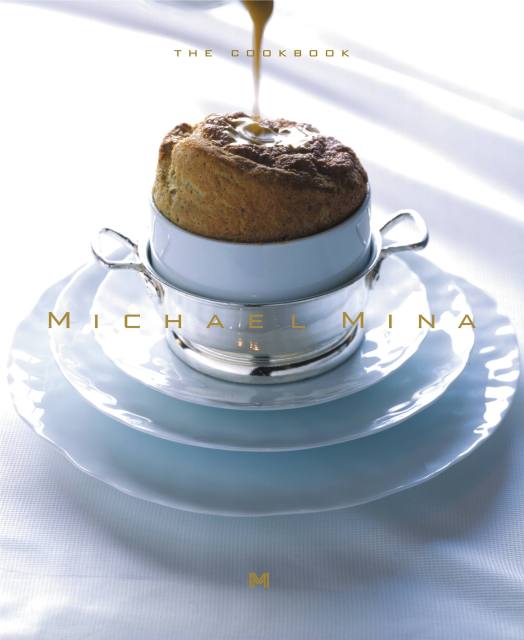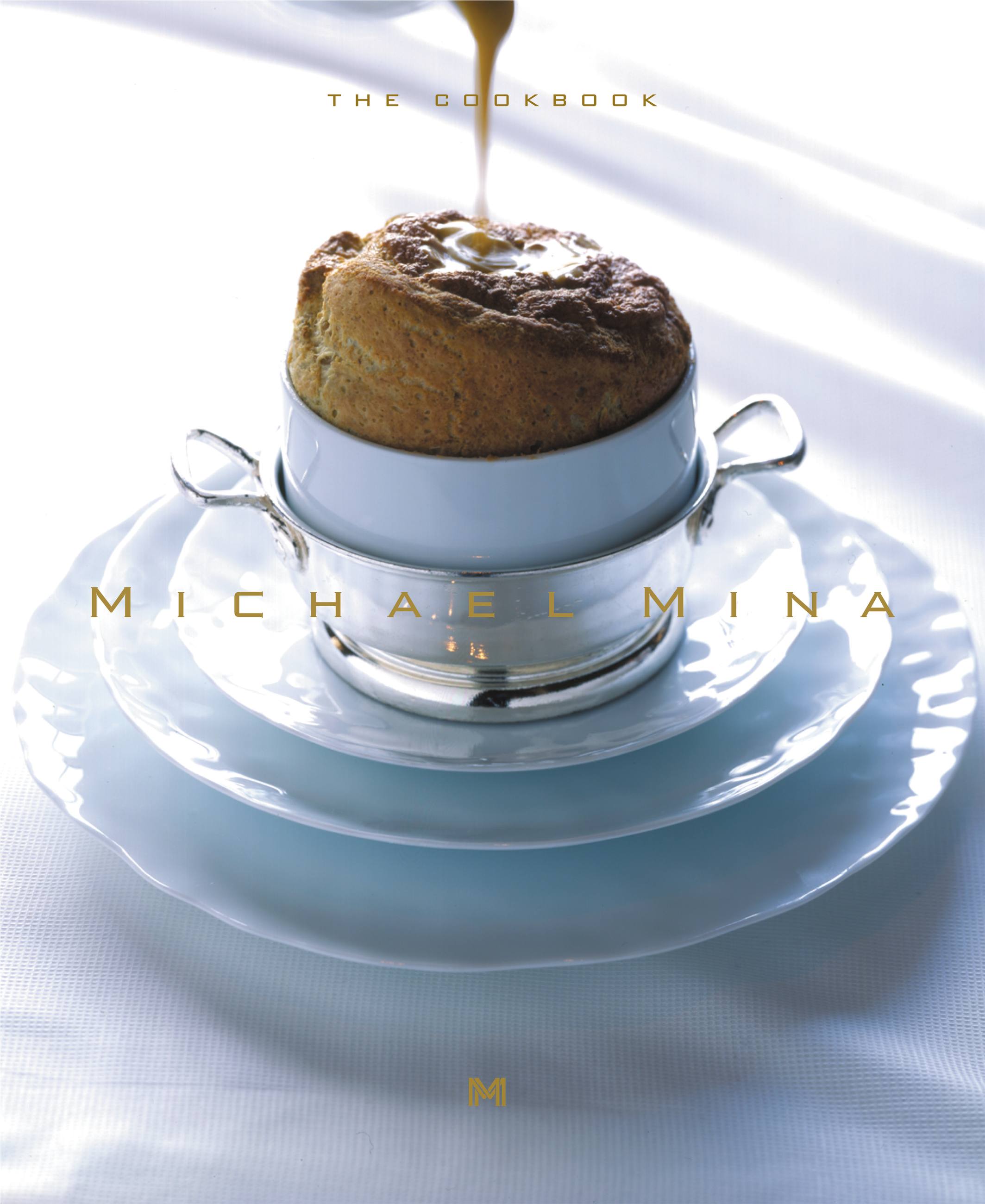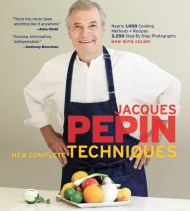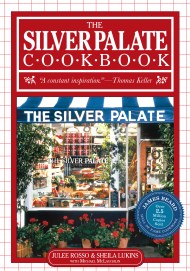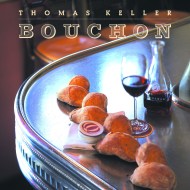Promotion
Sign up for our newsletters to receive 20% off! Shop now. Exclusions apply.
By clicking “Accept,” you agree to the use of cookies and similar technologies on your device as set forth in our Cookie Policy and our Privacy Policy. Please note that certain cookies are essential for this website to function properly and do not require user consent to be deployed.
Michael Mina
The Cookbook
Contributors
Other Karl Petzke
By Michael Mina
Foreword by Andre Agassi
Formats and Prices
Price
$18.99Price
$24.99 CADFormat
Format:
- ebook (Digital original) $18.99 $24.99 CAD
- Hardcover $50.00 $65.00 CAD
This item is a preorder. Your payment method will be charged immediately, and the product is expected to ship on or around January 30, 2010. This date is subject to change due to shipping delays beyond our control.
Also available from:
- On Sale
- Jan 30, 2010
- Page Count
- 272 pages
- Publisher
- Bulfinch
- ISBN-13
- 9780316101943
Newsletter Signup
By clicking ‘Sign Up,’ I acknowledge that I have read and agree to Hachette Book Group’s Privacy Policy and Terms of Use
